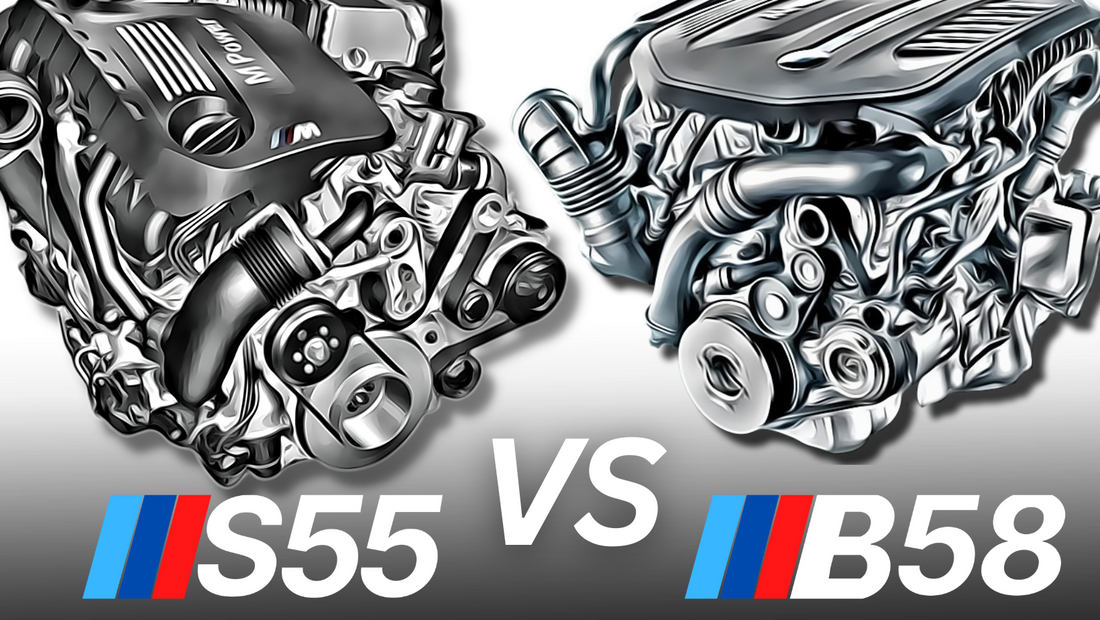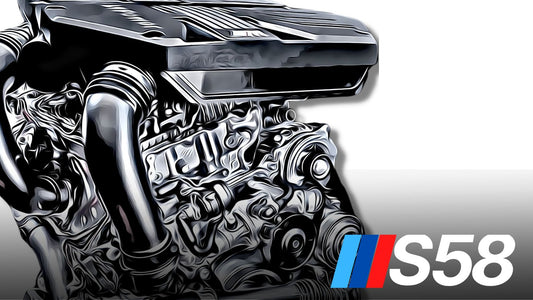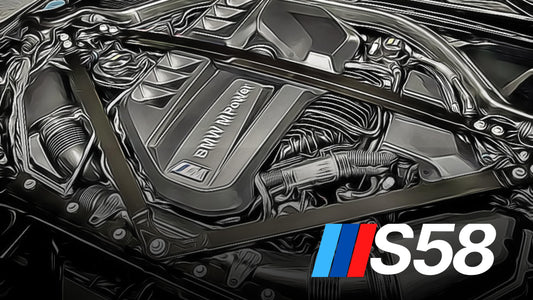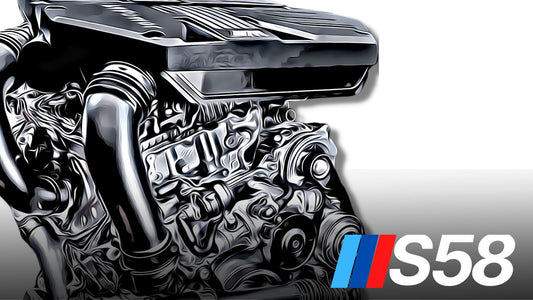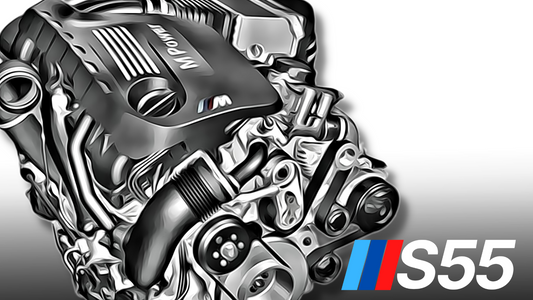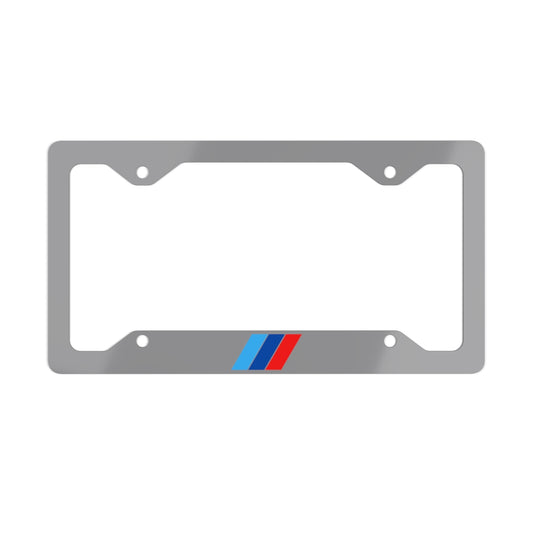S55 and B58 engines have different design philosophies. The track-focused S55 engine delivers high-end power and aggression. With S55 elements but a more subdued nature, the B58 offers a powerful yet versatile everyday driving experience.
Introduction
Since the introduction of the N54 in 2006, BMW has been producing impressive turbocharged inline-6 engines. The S55 and B58 are two of the most recent and powerful iterations of this formula.
The S55 was introduced as a replacement for the naturally aspirated V8 S65 and powers the F80 M3, F82 M4, and M2 CS. It has received widespread acclaim as a powerful engine with enormous tuning potential.
BMW, on the other hand, designed the B58 as the direct successor to the N55, powering a wide range of vehicles from the 2-Series M240i to the massive X7 40i. Similarly, in terms of power delivery, reliability, and tuning, it has been regarded as a significant improvement over its predecessor.
In this article, we will examine the specifications, performance, tuning potential, internals, and sound characteristics of the BMW S55 and BMW B58.
BMW S55: The Performance Powerhouse
Introduced in 2014 for the F80 M3 and F82 M4 Coupe, the S55 engine was BMW's answer to the demands for high-performance turbocharged power. It replaced the naturally-aspirated V8 S65, earning accolades for its immense tuning potential.
Technical Specifications
- Displacement: 2,979 cc
- Turbocharger: Parallel single-scroll turbochargers
- Compression Ratio: 10.2:1
- Redline: 7,600 RPM
- Internals: Features a die-cast aluminum alloy block, a closed-deck crankcase, and twin-wire arc spraying for cylinder walls. It includes a lighter, nitrocarburized forged steel crankshaft and Mahle-manufactured full slipper skirt pistons
Performance and Tuning
The S55, with its high horsepower and torque, has a wider power band, making it a top-end screamer. Its sophisticated twin-turbo setup reduces turbo lag and enhances top-end power, making it suitable for performance tuning.
BMW B58: The Versatile Performer
The B58 began production in 2015 as the successor to the N55, powering a range from the 2-Series M240i to the X7 40i. It stands out for its improved power delivery, reliability, and tuning compared to its predecessor.
Technical Specifications
- Displacement: 2,998 cc
- Turbocharger: Single twin-scroll design
- Compression Ratio: 11.0:1
- Redline: 7,000 RPM
- Internals: Features a closed-deck engine block design, direct fuel injection, double Vanos, and Valvetronic. It includes a forged steel crankshaft and connecting rods for durability
Performance and Tuning
The B58 thrives in the lower RPM range with excellent low-end torque. Its single-turbo setup makes it lighter and more efficient. The engine's design is optimized for balanced daily driving and significant tuning potential.
S55 vs. B58: Internals, Valvetrain, and Cooling
Both engines share similarities like closed-deck aluminum blocks, forged internals, and top-mounted air-to-liquid intercoolers. However, the S55 has stronger pistons and a more robust cooling and oiling system, making it suitable for higher RPM operation. The B58, built on the modular B engine architecture, includes an engine heat encapsulation system for reduced startup wear and more efficient power delivery.
Sound and Reliability
- S55 Sound: Noted for a less pleasant exhaust sound, lacking the richness of other turbo straight-six engines.
- B58 Sound: Produces a cleaner, more pleasant exhaust note, often considered superior to the S55.
In terms of reliability, both engines have shown excellent dependability. The B58 is noted for its lower maintenance costs and greater ease of living, especially for everyday use.
Conclusion
The S55 and B58 represent two different philosophies in engine design. The S55 is a high-performance engine designed for the track, with a focus on top-end power and aggressive character. In contrast, the B58 offers a powerful yet more versatile everyday driving experience, with elements borrowed from the S55 but a more subdued nature. Whether your priority is track performance or a refined, adaptable daily drive, both engines promise exceptional capabilities and exhilarating modification potential.

